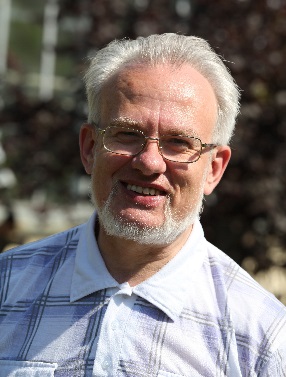
Vsevolod A. Zinserling
Saint-Petersburg University, Russia
Title: Impact of pathology in study of viral infections
Biography
Biography: Vsevolod A. Zinserling
Abstract
Long term study of pathology in different viral infections allows dividing them into 4 groups. 1. Acute and chronic infections with highly specific histopathological changes due to viral inclusions and/or very typical cell transformations (in our experience herpes, influenza, cytomegaly etc). 2. Acute or chronic infections with typical cell’s changes and tissue reactions, but additional verification are needed (in our experience HIV, HBV, HCV, enteroviruses, parvovirus, JCV, HPV etc) 3. Chronic infections causing inflammation but without (or at least not yet known) typical morphological changes (in our experience EBV, HHV6, 7, 8). 4. Viral latency or incorporation in host genome without any changes at light microscopy (CMV, EBV etc). In many cases while investigating surgical material pathologist may contribute in identification of etiology of disease (in our experience hepatitis, encephalitis, lymphadenopathy and placentitis of unclear etiology). During study of liver biopsies in viral hepatitis and placenta certain prognostic and predictive criteria have been elaborated. Pathological studies have to determine immediate death causes; we had the opportunity to analyze them in HIV infection, viral hepatitis B and C, influenza. Histopathological studies contribute in complex studies of pathogenesis of viral infection, especially their quite different clinical course. Another highly important but very rarely discussed issue is peculiarities of viral lesions in different organs and tissues; we have data related to brain and placenta. Very important issue of quite different mixed infections can’t be successfully studied without taking in consideration the results of special morphological investigation. Most interesting data can be obtained if we are able to analyze structural changes in different material (surgical, autoptic, experimental) providing correlations with clinical, virological, molecular biological, genetic, epidemiological data. In many cases we can go forward only using modern technologies such as IHC, hybridization and PCR in situ, electron microscopy.

